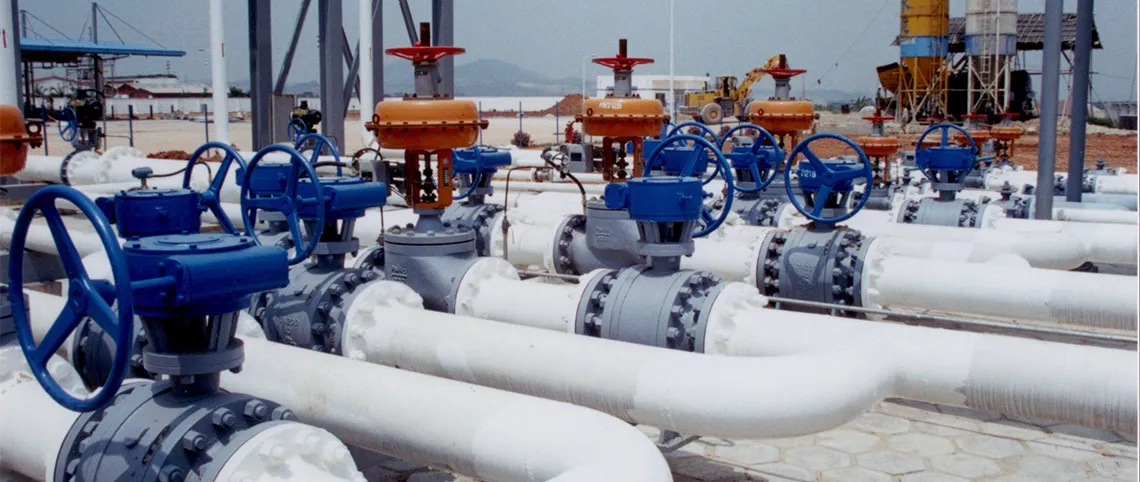נוב . 08, 2024 06:32 Back to list
Understanding the Benefits and Techniques of Welding a V Block for Precision Work
Welding and V-Blocks A Comprehensive Overview
Welding is a critical process used in various industries to join materials, particularly metals, through the application of high heat. This method not only enables the creation of robust structures but also allows for the repair and maintenance of already-existing components. Among the essential tools used in welding processes, the V-block stands out for its versatility and functionality. In this article, we will explore the significance of welding, the role of V-blocks, and best practices for their effective use.
Understanding Welding
Welding is a fabrication method that involves melting the base material, typically metals or thermoplastics. When the materials cool down, they solidify to form a joint. Various welding techniques exist, such as MIG (Metal Inert Gas), TIG (Tungsten Inert Gas), and Stick welding, each with unique applications and advantages. The choice of welding technique often depends on the materials involved, the desired strength of the joint, and the environment in which the welding is performed.
The importance of welding cannot be overstated; it forms the backbone of numerous industries, including automotive, construction, aerospace, and shipbuilding. However, to ensure the quality and durability of a weld, proper alignment and stability of the workpieces are essential. This is where V-blocks come into play.
What is a V-Block?
A V-block is a device used to hold workpieces in place during machining, welding, or assembly processes. It is typically made of hardened steel and features a V-shaped channel that provides a stable base for cylindrical components or flat stock. The design allows for easy alignment, ensuring that the pieces being welded are positioned correctly, which is crucial for achieving strong and even welds.
V-blocks come in various sizes and configurations to accommodate different materials and project requirements. They can be used in conjunction with clamps or other securing devices to maintain a firm hold on the workpieces, preventing movement during the welding process. This stability not only improves the quality of the weld but also enhances safety by minimizing the risk of accidents.
The Role of V-Blocks in Welding
1. Alignment The primary function of a V-block in welding is to provide precise alignment of the workpieces. Proper alignment is critical to prevent misalignment during welding, which can lead to poor joint quality and reduced structural integrity.
2. Support V-blocks provide reliable support for cylindrical workpieces, ensuring that they remain stable and secure. This is important, especially when working with long or heavy components that may be difficult to handle without proper support.
welding v block

3. Versatility V-blocks can be used for various applications in welding, from aligning pipes for pipe welding to holding flat plates for repairing or fabricating components. Their versatility makes them an invaluable tool in the welder's arsenal.
4. Efficiency By using a V-block, welders can save time and effort when positioning workpieces. This efficiency can contribute to faster project completion, ultimately saving costs and increasing productivity.
Best Practices for Using V-Blocks
To maximize the effectiveness of V-blocks in welding applications, consider the following best practices
- Choose the Right Size Ensure that the V-block is appropriately sized for the workpieces you are using. A block that is too small may not provide adequate support, while one that is too large can be challenging to maneuver.
- Ensure Clean Surfaces Dirt, grease, and contaminants can affect the stability of the components being welded. Always clean the surfaces of the workpieces and the V-block before securing them together.
- Use Clamps Wisely While V-blocks provide stability, it’s essential to use clamps to secure the workpieces firmly. Proper clamping prevents movement and ensures that the pieces stay in their intended position throughout the welding process.
- Monitor Heat Excess heat can warp the V-block and the workpieces. Monitor the welding process closely to prevent overheating, and allow components to cool down adequately before unfastening them.
Conclusion
Welding is a vital process in modern manufacturing and construction, requiring precision and stability for successful outcomes. V-blocks are essential tools that enhance the welding process by ensuring proper alignment and support for workpieces. By following best practices in using V-blocks, welders can achieve high-quality results, improving both the efficiency and safety of their work. As technology advances, the role of welding and tools like V-blocks will continue to evolve, further solidifying their significance in various industries.
-
Why Metric Trapezoidal Thread is Ideal for Precision Motion ControlNewsAug.05,2025
-
The Unique Properties of a Block of Granite for Industrial UseNewsAug.05,2025
-
The Role of Flanged Y Strainers in Preventing Pipeline ClogsNewsAug.05,2025
-
The Importance of Regular Calibration for Master Ring GagesNewsAug.05,2025
-
How a Cast Iron Surface Table Enhances Accuracy in ManufacturingNewsAug.05,2025
-
Comparing Different Check Valve Types for Optimal Flow ControlNewsAug.05,2025
Related PRODUCTS









